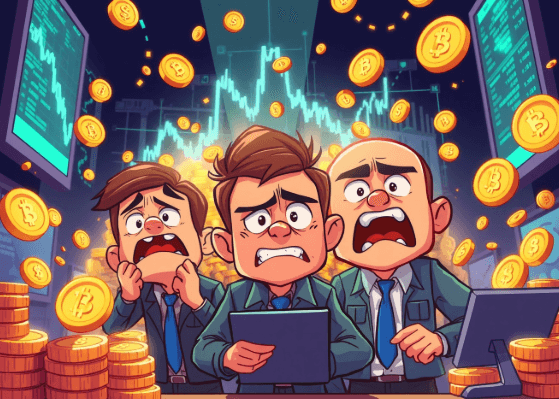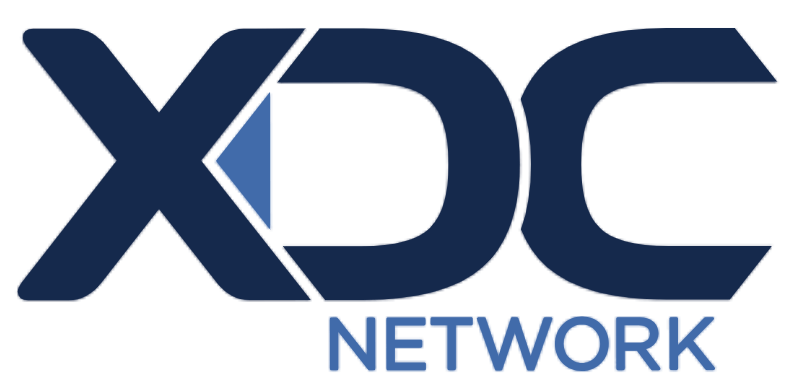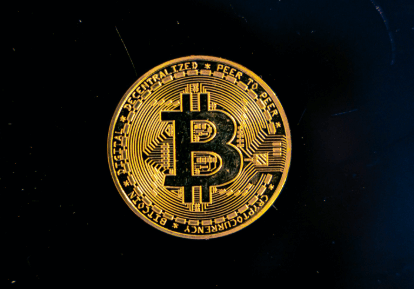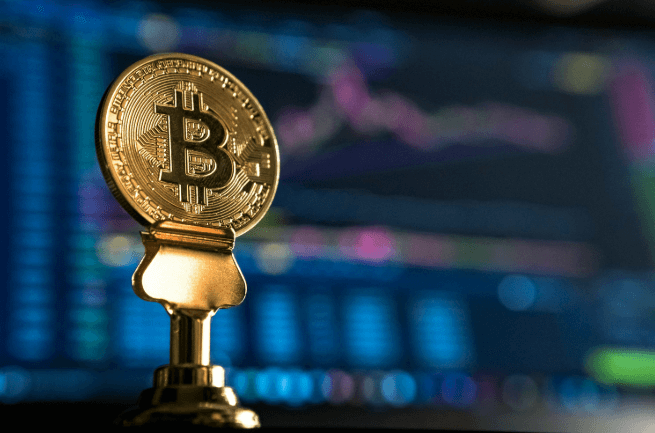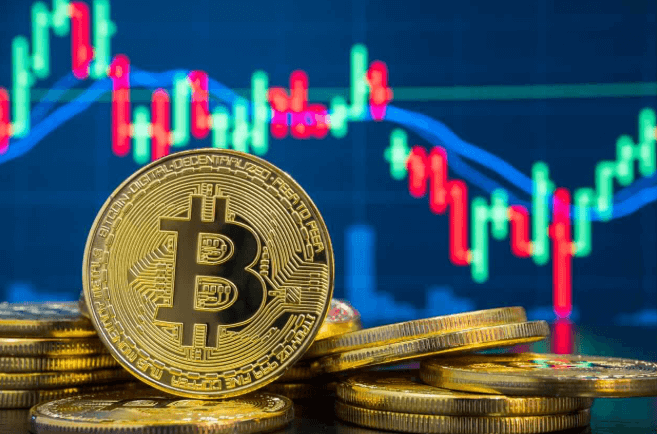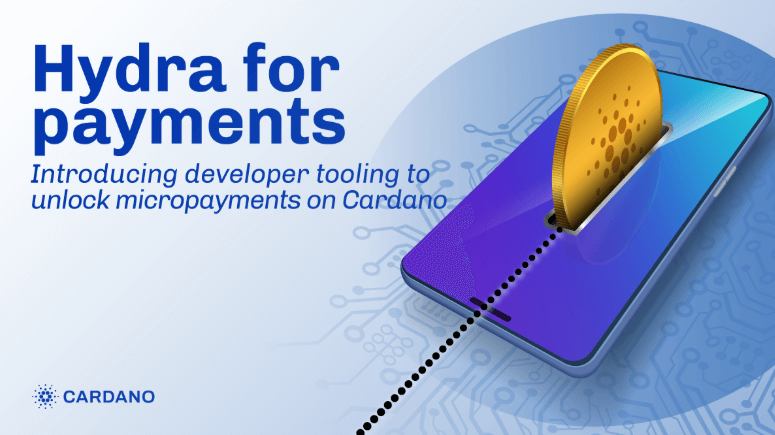Introduction
Decentralized Finance (DeFi) has emerged as a transformative force in the financial industry, providing users with decentralized alternatives to traditional financial services. One of the key components of the DeFi ecosystem is Decentralized Exchanges (DEXs), which enable peer-to-peer trading of digital assets without intermediaries. In recent months, DeFi has experienced significant growth, with trading volumes on DEXs reaching record highs. This report explores the expansion of DeFi, the rise in DEX trading volumes, and the implications for the broader crypto market.

DeFi Growth and Market Expansion
DeFi protocols have gained massive adoption, fueled by increasing demand for financial sovereignty, yield farming, and decentralized lending. The total value locked (TVL) in DeFi platforms has surged, indicating growing trust and investment in decentralized solutions. Several factors contribute to this growth:
- Innovation in Smart Contracts – Advanced DeFi protocols leverage smart contracts to provide automated and transparent financial services.
- Institutional Interest – Major financial institutions and venture capital firms are investing in DeFi projects, enhancing legitimacy.
- Cross-Chain Compatibility – The integration of DeFi across multiple blockchain networks has expanded accessibility and liquidity.
- Yield Opportunities – Users are attracted to DeFi due to lucrative yield farming, staking, and lending opportunities.
- Regulatory Uncertainty in CeFi – Increasing regulations on centralized exchanges (CeFi) have pushed traders toward decentralized alternatives.
DEX Trading Volume Reaches Record Highs
The trading volume on DEXs has been growing exponentially, reflecting the increasing preference for decentralized trading. As of the latest data, DEXs have processed over $462 billion in monthly transactions, surpassing many centralized exchanges. Key drivers behind this growth include:
- Reduced Counterparty Risk – Unlike centralized exchanges, DEXs do not require users to entrust their funds to a third party.
- Improved Liquidity – The adoption of automated market makers (AMMs) and liquidity pools has significantly enhanced liquidity.
- Layer-2 Solutions – Scalability improvements through Layer-2 rollups have reduced transaction costs and increased efficiency.
- Regulatory Challenges for Centralized Platforms – Many users are migrating to DEXs due to concerns over government crackdowns on centralized exchanges.
Leading Decentralized Exchanges
Several DEXs dominate the market, driving innovation and adoption:
- Uniswap – The largest DEX by trading volume, pioneering AMM-based trading.
- PancakeSwap – A popular exchange on Binance Smart Chain (BSC), offering lower fees and high-speed transactions.
- Curve Finance – Specialized in stablecoin trading, known for deep liquidity pools.
- dYdX – Focuses on decentralized derivatives trading, gaining traction among advanced traders.
- SushiSwap – A community-driven exchange with yield farming incentives and multi-chain support.
Challenges and Risks
Despite its rapid growth, the DeFi sector faces several challenges:
- Security Concerns – Smart contract vulnerabilities and hacking incidents remain a major risk.
- Regulatory Uncertainty – Governments are increasing scrutiny over DeFi protocols, potentially impacting future growth.
- User Experience – The complexity of interacting with DEXs and managing private keys can be a barrier to mainstream adoption.
- Scalability Issues – Despite improvements, congestion and high transaction fees on some blockchains persist.
Future Outlook
The DeFi ecosystem is poised for continued expansion as technological advancements enhance security, scalability, and interoperability. The rise of Real-World Asset (RWA) tokenization, DeFi insurance, and decentralized identity solutions will further solidify DeFi’s role in the financial landscape.
Moreover, as institutional investors increase their participation, DeFi is likely to integrate more with traditional finance, leading to hybrid models that combine the benefits of both systems.
Conclusion
DeFi and decentralized exchanges have reshaped the cryptocurrency market, providing users with greater financial freedom and security. The surge in DEX trading volumes reflects a growing shift toward decentralized alternatives, driven by innovation and regulatory challenges facing centralized entities. While challenges remain, the future of DeFi appears promising, with continued growth and mainstream adoption on the horizon.
Disclaimer: This article is for informational purposes only and is not investment advice. Investors should research carefully before making any decisions. We are not responsible for your investment decisions.


